Graphic Design in Architecture by Jie Zhou
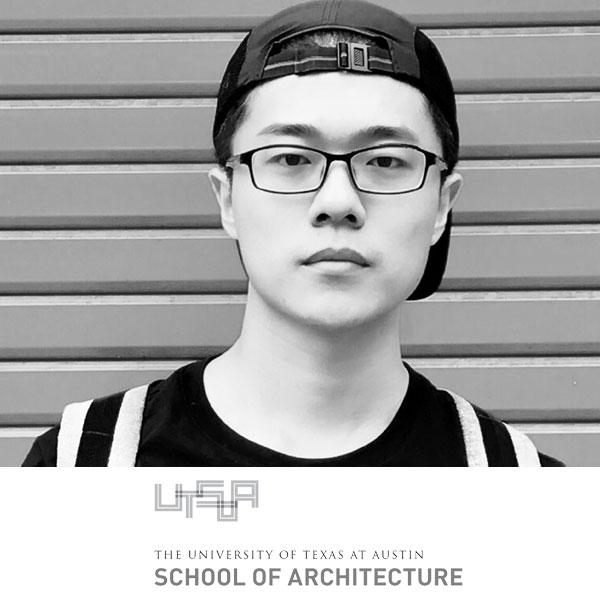
"Y" Shape Jetty System: A Sustainable Solution for Coastal Ecosystem Protection, Population Retreat, and Global Tourism Development
Yucatan, Mexico
Yi Song, Student ASLA
Faculty Advisor: Gabriel Diaz Montemayor, ASLA
University of Texas at Austin
"Y" Shape Jetty project, located the Rosada Lagoon in Yucatan peninsula, Mexico, provides an alternative for the coastal development in Mexico. It establishes a new Coast-Lagoon-Mainland-based life circle instead of putting all stress on the narrow beach zone. This is not only a new circle of life but a circle of environment protestation and sustainable tourism development. The salt ponds industry, fishing, boating, eco-tourism, restaurant, hotels will be available around this jetty project in the middle of the lagoon, which serves as a transition joint connecting opportunities on the coast and mainland. Within this new stretched life circle, more local people, groups, and parties can be a part of it together contributing to the development of social justice.
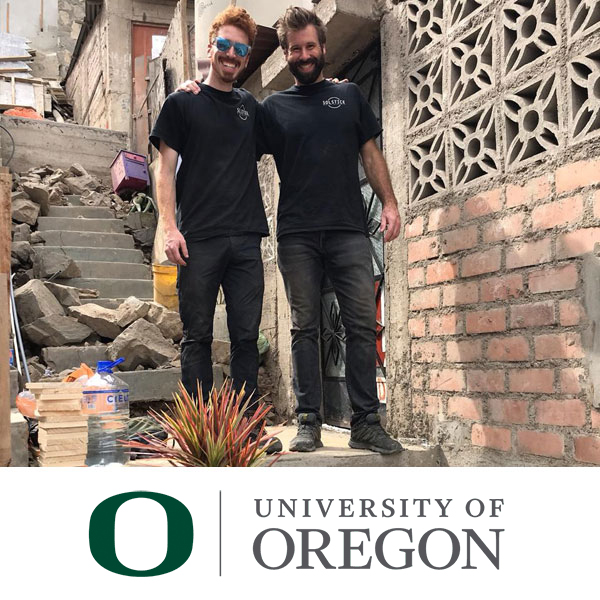
Codesigning Green Sanitation Infrastructure: A Framework for Informal Settlements
Lima, Peru
Adam DeHeer, Associate ASLA; Nicholas Sund, Student ASLA; Summer Young, Associate ASLA; Emma Hershey, Student ASLA; Hana Ketterer, Student ASLA; Samuel Alig, Student ASLA
Faculty Advisor: Kory Russel
University of Oregon
Cleaning water and the environment with green sanitation infrastructure provides a framework for a thriving urban ecosystem where human waste is transformed into resources to grow food, plant-based products, and create urban habitat.

Mobility As Equality: Building Towards the Olympic/ Post-Olympic LA Transit
Los Angeles, CA, USA
Amanda Ton, Associate ASLA; WeiHsiang Chao; Xin Qian
Faculty Advisor: Andres Sevtsuk
Harvard University Graduate School of Design
Despite unprecedented public transit investment and transit-oriented development over the last two decades in Los Angeles, transit ridership remains low. More than in any other US city, the vast majority of transit riders in LA come from very-low and extremely low-income households.
Yet LA Metro's transit plans have failed to adequately cater to their needs. TOD densities around stations often produce luxury condos, whose inhabitants avoid public transit. In an attempt to reverse this demographic mismatch between transit and development, this project investigates a better coordination between bus service, new public housing provision, and street design around the Vermont Station on LA's Expo Line.
The project sees the 2028 LA Olympics as a major opportunity to demonstrate such coordinated planning by delivering a new-generation bus system for the city, converting Olympic housing to public housing, and delivering amenity-rich streets that not only cater to the Games, but also deliver a much needed legacy of amenities to the surrounding marginalized communities.

Monitoring Design: Stormwater Management Process Visualization and Evaluation
Beijing, China
Huaiyu ZHOU, Student ASLA
Faculty Advisors: Hailong LIU, International ASLA; Haifeng JIA
Tsinghua University
In stormwater management, monitoring analysis is much more accurate than hydrological calculations or simulations. For performance evaluation, high-precision data is needed but hard to come by.
Aiming to find out how much runoff can be reduced by canopy trees, lawn, and bioretention basins with different levels of rainfall, this research uses a wireless sensor network to visualize the whole rainfall process of a closed-watershed campus site named Shengyinyuan. Quantitative performance assessment has also been achieved with the minute-level data collected.
This study provides a set of monitoring indicators and methods for rainwater management which has great potential for more applications and can help landscape architects to evaluate post occupancy. On the other hand, the rainfall process visualization works are good materials for education.
In the 11 rainfall events monitored in the site, canopy trees contributed more than 32% of the interception, and 4 bioretention basins achieved obvious runoff reduction especially in continuous, large and short, high-intensity rainfall events(nearly 10% runoff reduced by 2% area). Several important results indicated further design improvement.

Urban Regeneration With Community Building: Dàshílànr Micro-Regeneration Handbook
Beijing, China
Yijia Zhang, Student International ASLA; Wanyue Lv; Binxi Fang; Jianan Deng; Xiaojie Shi; Hanzhi Lin
Faculty Advisor: Wei Guo
School of Landscape Architecture, Beijing Forestry University
Aiming at the spatial regeneration and community building synergy development, the Dàshílànr Micro-Regeneration Handbook takes the Dàshílànr area in Beijing as example, the micro-regeneration as the guiding concept, to explore the Beijing old town Hutong renewal methods.
The project is in cooperation with THUPDI, Beijing Municipal Institute of City Planning and Design, Dàshílànr Platform. We have inspected the site and talked with local residents, government (neighborhood committees) and design institutes. Summarizing our previous research content and practical experience, we compile this handbook, and have shared our results with the public through flash mob activities, new media, videos, forums, etc., and after which, correct the handbook content based on the feedback.
We are looking forward to building a platform for joint development and a communication foundation between residents, tourists, government and professionals. The project is expected to be communicative and inspiring, so that more people would learn about the abundant and excellent possibilities of urban micro-regeneration projects.
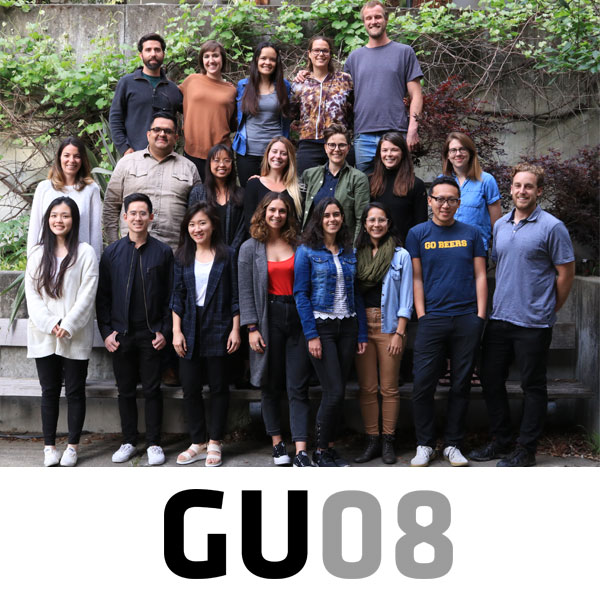
Ground Up Journal Issue 08: Home
Berkeley, CA, USA
Dana Davidsen, Student ASLA; Brenna Castro Carlson, ASLA; Julia Prince, Student ASLA; Greta Aalborg-Volper, Student ASLA; Molly Butcher, Student ASLA; Clare Al-Witri; Miriam Arias; Juanita Ballesteros; Megan Bradley; Cheyenne Concepcion; Josh Gevertz; Lin Huang; Jiaqi 'Lucky' Li; Terrence Ngu; Will Pitkin; Diego Rentería; Diego Romero Evans; Diana Saenz; Leen Shamlati; Charlie Yue, Student ASLA
Faculty Advisors: Karl Kullmann; Chip Sullivan, ASLA
University of California, Berkeley
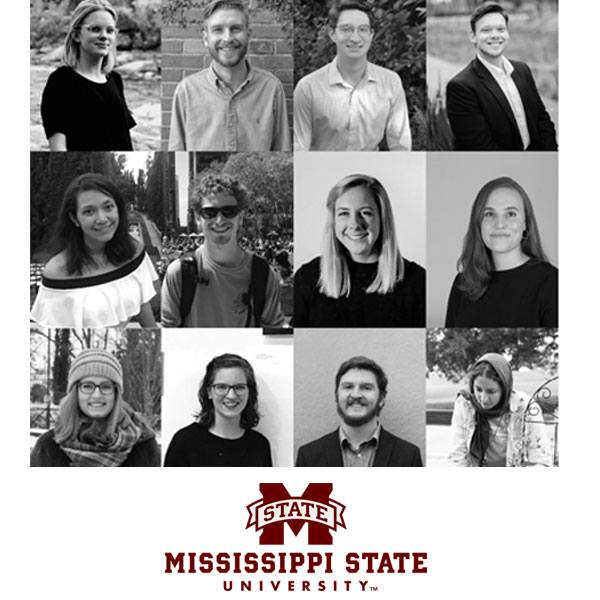
Cultivating the Future: Designing and Constructing a Didactic Garden
Starkville, MS, USA
John-Taylor Corley, Associate ASLA; Clif Rodgers; Zack McWilliams; James Hugh, Associate ASLA; Abbey Wallace, Student Affiliate ASLA; Eloisa De Leon, Student Affiliate ASLA; Heather Hardman; Morgan Linnett; Abbey Rigdon; Lauryn Rody; Haylee Upton; Meredith Morris; Nada Aziz, Austin Keaton; Robert Scott; Damion Hardy; Blake Farrar
Faculty Advisors: Cory Gallo, ASLA; Peter Summerlin, ASLA; Hans Herrmann; Suzanne Powney
Mississippi State University
Client: Mississippi State University
Designed to be a laboratory for learning, the didactic garden is a sustainable space for teaching, research, and outreach in support of local food. Designed and built by students in a collaborative studio with landscape architecture students leading architecture and graphic design students, the garden highlights the best of what each discipline can contribute to a collective design process. The garden has a simple but thoughtful design that works with the existing site to create a series of rooms associated with four terrace levels. A central walk and stair tie the rooms together creating a central axis for service and accessibility. Numerous educational elements are incorporated into the garden including Farmbots, a classroom space, and educational graphics. Incorporating technologies typically reserved for larger applications, the garden minimizes potable water consumption and maximizes efficiency through an automated water recovery, collection, filtration, and distribution system. Overall, the garden is an innovative landscape that has serves as a model for what urban agriculture could become as it is intentionally integrated into communities.
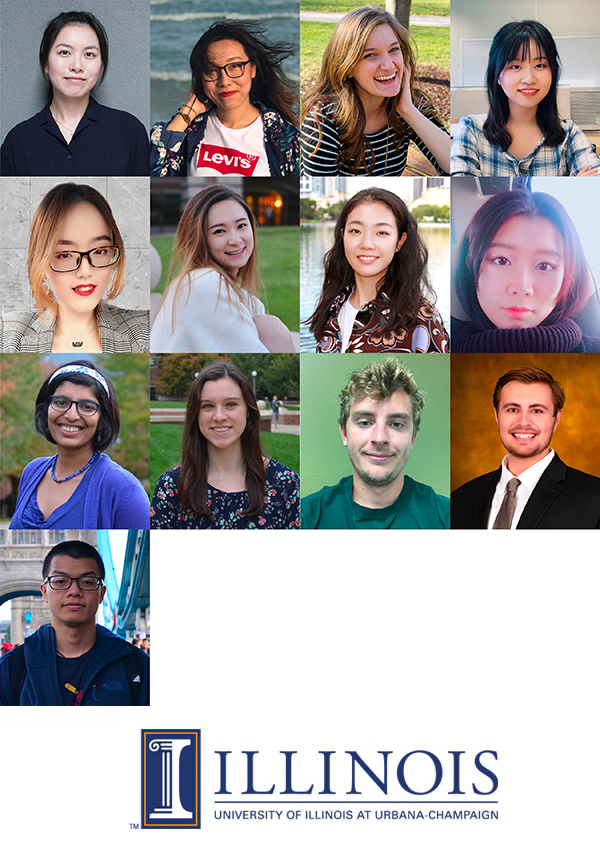
Before the City, There Was the Sand: Designing Rainwater in Calumet City for a Resilient Calumet TER/RAIN
Calumet City, IL, USA
Landscape Architecture: Yang Xia, Student ASLA; Mengdi Chi; Jingyi Li; Lauren Mathias; Bo Pang, Student ASLA; Jinyu Shen; Xi Wang, Student ASLA; Lixian Zeng; Yi Zhao. Natural Resources & Environmental Sciences: Avery Clark. Geology: Piotr Szocinski. Civil & Environmental Engineering: Reshmina William; Gabrielle Bethke
Faculty Advisors: Mary Pat McGuire, ASLA; Andrew Phillips, David Grimley, Ashlynn Stillwell
University of Illinois at Urbana-Champaign
Client: Calumet City, Illinois; Illinois-Indiana Sea Grant Program (NOAA)
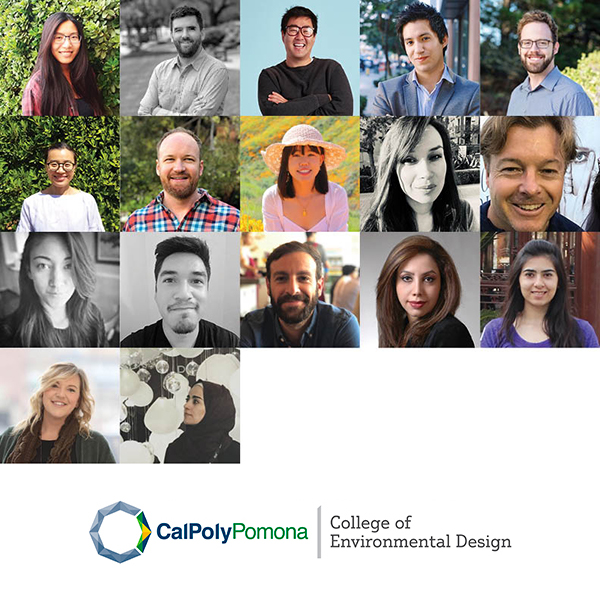
Constructed Efforts - Building Resilient Communities in the Los Angeles Gateway Cities
Gateway Cities in the Lower Lost Angles River Watershed
Lianwei Ding, Student ASLA; Aaron Ackerman, Student ASLA; Adam Kehoss, Associate ASLA; Cristhian Barajas, Associate ASLA; Matt Moffa, Associate ASLA; Fei Xie, Associate ASLA; Jeremy Munns, Associate ASLA; Jie Dang, Associate ASLA; Kasandra Di Pieri; Kevin Maynard, Student ASLA; Kristin Misa Sullivan, Associate ASLA; Luis Pedraza, Student ASLA; Matt Wild, Associate ASLA; Sara Yazdi, Student ASLA; Charmy Adesara; Kristen Gill; Lila Takwa
Faculty Advisors: Lee-Anne Milburn, FASLA; Weimin Li, ASLA; Steve Cancian
Cal Poly Pomona
Design is a political act and "no true transformative design occurs without confronting the status quo" (Hester, 2006). Through a democratic and accountable process, Constructed Efforts presents an alternative approach to design that directly engages disadvantaged communities in constructing small-scale projects to build long-term community capacity and resiliency.
This project focuses on neighborhoods in the Gateway Cities along the Lower Los Angeles River Corridor having denser industrial land-uses, lower median incomes, lower educational attainment, higher population density, more minority residents, and limited access to quality open spaces. The project engaged five different communities over a period of two years. Residents were leaders in all stages of the design-build process from site selection to construction. Project successes include five built projects, a neighborhood advocacy group, and a long-term plan under final design by a local landscape architecture firm. The process demonstrates that simple short-term low-budget projects are effective at engaging communities, empowering residents, and improving neighborhood quality of life. The methods are now being explored by local governmental committees for adoption in State planning processes.
Graphic Design in Architecture by Jie Zhou
Source: https://www.asla.org/2019studentawards/
0 Response to "Graphic Design in Architecture by Jie Zhou"
Post a Comment